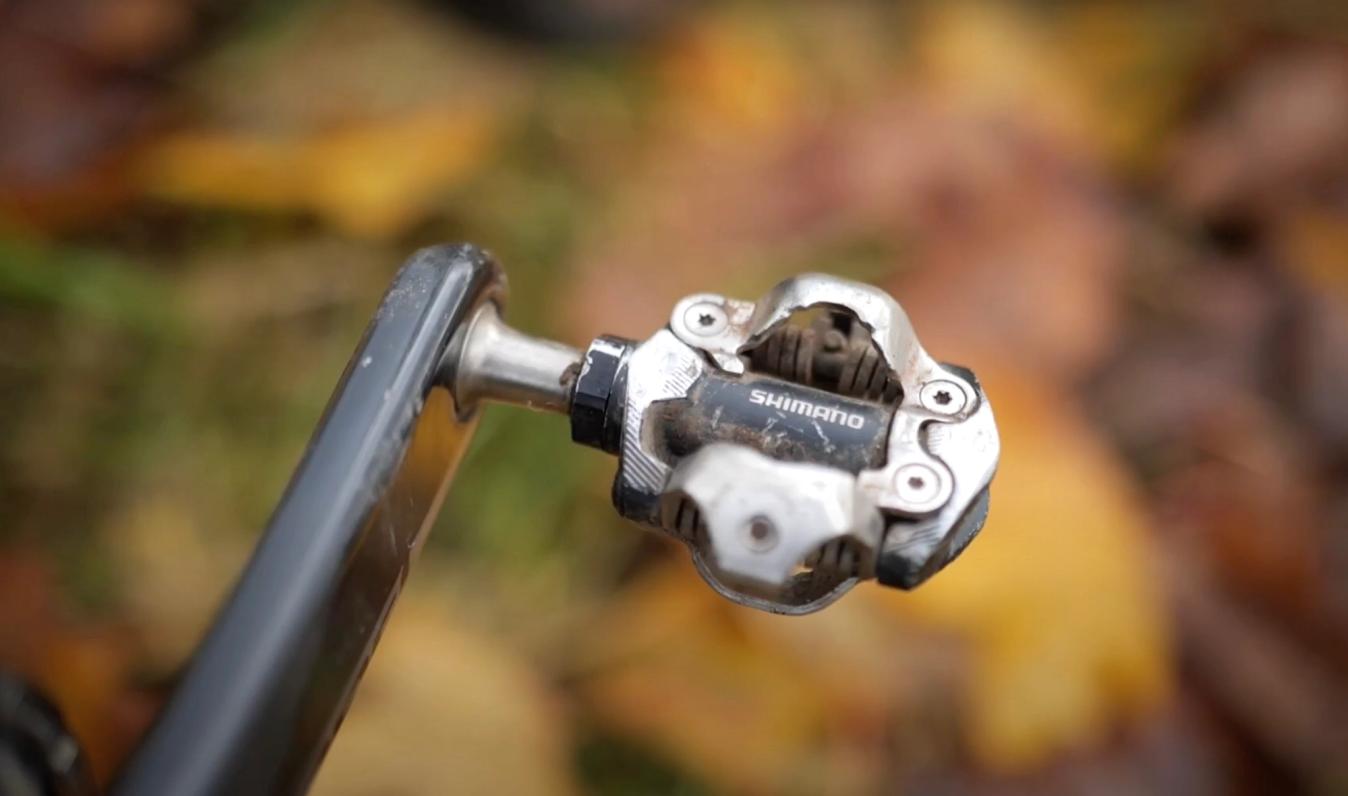6 key differences between gravel bikes and road bikes
These bikes may look pretty similar, but there are more differences between road and gravel bikes than just the obvious knobbly tyres
Alex Hunt
Junior Tech Writer
Gravel bikes and road bikes do have a lot in common. However, there are some key differences that really separate them.
We have previously looked at how you can convert a road bike in to a gravel bike, but some of the points we're looking at here are intentional by their designs.
Although they can be hard to spot, here are the key differences between the two.
Tyres
Although there is more that differentiates a gravel bike and a road bike than just tyres, it is the most obvious one. Road bikes typically come with between 25-28mm tyres as standard, however they can have room for up to a 32mm tyre. These will be slick or feature a minimalist shoulder tread for grip in wetter conditions.
Gravel tyres in comparison come in more combinations of tread pattern and width with a typical gravel tyre ranging from 38mm through to 50mm. The size and pattern of the tread depend on the terrain you are planning to ride on with knobblier tyres better suited to loose surfaces and mud.
Out on the roads, gravel tyres will roll slower than a dedicated road tyre, however the effects are unlikely to be noticeable until you are riding above 25km/h. Something to note is that gravel bikes can happily accept road tyres, but road bikes cannot usually accommodate gravel tyres.
Gears
The drivetrain at the heart of both bikes is as different as the tyres they roll on. Gravel bikes can come with either one or two chainrings with the market moving more and more towards a one chainring set-up. Road bikes on the other hand come almost exclusively fitted with a double chainring set-up.
Although a gravel bike with one chainring does technically have the gears that a road bike would have, it still has a wide spread of ratios. Using a specific wide ratio, adventure cassettes allow one-by systems to have the same range of gearing as a double chainring setup. What does change is the jumps between each gear, which are more pronounced.

© GCN
Gravel bikes typically have a wider spread of gears which does mean the jumps between each gear will feel more noticeable
Gravel bikes are also designed to be ridden off-road on more challenging terrain which means at slower speeds. To give you the best gearing for this, gravel bikes typically come with a smaller chainring than a road bike. On gravel this makes perfect sense, but on tarmac, it can leave you short on gears as the speed increases.
Geometry
This is something that is hard to detect when comparing both types of bikes with the naked eye, but it is one of the more tangible differences when you swing a leg over them. The geometry of a bike influences how it feels and handles by changing the dimensions and angles of the frame. Road bikes are designed to be responsive and snappy, whereas gravel bikes are designed around control and composure.

© GCN
The riding position of both bikes is very different based on the type of terrain they are designed for
Along with how it feels to ride, the position it puts the rider in is also different between the two types of bike. Road bikes will put you in a more aggressive aerodynamic riding position with a lower front end, ideal for speed but can be tiring to hold for longer rides. Gravel bikes are more relaxed in the position they put the rider in, with a taller front end aimed at increasing control.
Weight
Typically, road bikes are noticeably lighter than gravel bikes. In some cases a comparable road bike can be over a kilogram lighter than a gravel bike. The reason for this is in part because a road bike is not built to withstand the riding that a dedicated gravel bike is. Also, when you factor in the weight of gravel tyres and potentially wider gravel specific wheels, the weight soon adds up.
We've taken a look at bike weight a fair bit here at GCN and although a difference of a kilo sounds like a lot, the actual impact it will have out on the road or gravel is negligible for all but professional cyclists looking for every last advantage.
Pedals
Although not always the case, the type of pedals you use on each type of bike tends to be different. Typically on a road bike a three-bolt cleat and pedal system is used. This provides a large and stable pedalling platform that increases the surface area in contact with the pedal.

© GCN
Gravel bikes are more suited to using mountain bike style pedals and shoes as they are more equipped to deal with walking and clearing mud
Something that road pedals and shoes struggle with is mud clearance, which is where mountain bike style pedals come in. These are either double-sided or four-sided, allowing for quicker and easier entry. They also have a considerably smaller cleat to pedal interface that allows mud to clear away. If you are riding off road in wet conditions, mountain bike style pedals are the way to go.
Mounting points
This is something that really sets gravel bikes and road bikes apart. Gravel bikes are designed for adventures, riding off the beaten track and taking you to places less travelled. To facilitate this 'go anywhere' ethos gravel bikes tend to have mounting points all over the frame of the bike. Some of these are for mudguards and panniers to be fitted others are for additional bottle cages or bikepacking luggage.
Road bikes on the other hand are far more refined and tuned to the specific job of going fast on smooth tarmac. Although you might find mounting points for a mudguard or pannier rack, that is as far as things will go.

© GCN
Gravel bikes are built to carry more than a road bike, with additional mounting points and often a higher weight limit
If you are looking for a bike that can carry kit, whether that is for a solo bikepacking mission or simply as a commuter bike, the features of the gravel bike make it perfect for the task.
So there we have it. Even though they look similar, gravel and road bikes are built for different purposes. The line is starting to blur a little, though, with the new range of endurance road bikes that feature wider tyre clearance and geometry that sits in between a traditional road bike and a gravel bike.
If you could only have one bike, which would you choose a road bike or a gravel bike? Let us know in the comments below.












